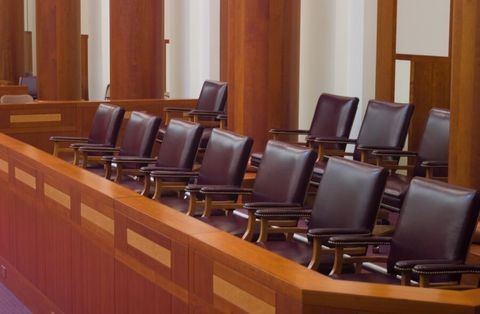CMS and OIG Propose Amendments to the Electronic Health Records Exception and Safe Harbor
Client Alert | 2 min read | 04.11.13
The Centers for Medicare & Medicaid Services (CMS) and Office of Inspector General-HHS (OIG) proposed amendments this week to the electronic health records Stark Law exception and Anti-Kickback Statute safe harbor. As is the case for the current exception and safe harbor requirements, CMS's and OIG's proposed changes closely parallel one another. The CMS rule may be found here; the OIG rule may be found here. The deadline for comments is June 10, 2013.
Sunset to Be Extended, But How Long?
The current exception and safe harbor each have a sunset at the end of 2013, after which EHR technology cannot be donated under those particular protections. The proposed rules each would extend the sunset to December 31, 2016. The agencies selected this date because 2016 is the last year to receive a payment under, or initiate participation in, the Medicare EHR Incentive Program. But, in the alternative, the agencies have proposed extending the sunset to the end of 2021. This latter date corresponds to the end of EHR incentive payments under the Medicaid program.
As physicians and hospitals mark their calendars, they should note that prior to and aside from the proposed sunset, Medicare reimbursement is scheduled to decrease for most physicians and hospitals if they have not achieved "Meaningful Use" under the Medicare EHR Incentive Program in 2015.
Limiting Permissible EHR Technology Donors
The agencies also suggested that they may limit the types of entities which can donate EHR technology under the exception and safe harbor. CMS and OIG raised the possibility that only hospitals, group practices, prescription drug plan sponsors, and Medicare Advantage organizations may be able to donate EHR, once the rules are finalized. That would leave out, for example, radiology centers and other providers and suppliers of ancillary services. In the current regulations, there are no limits on the donors eligible for protection. The agencies cited input OIG received, in particular, that EHR donors are using existing protections to "provide referral sources with items and services that … in practice, lead to data and referral lock-in." 78 Fed. Reg. 21318 (Apr. 10, 2013).
Other Updates
One of the requirements in the EHR exception and safe harbor is the technology must be "interoperable," which essentially means it can freely communicate with other systems, software applications, and networks. EHR technology can be deemed "interoperable" if it receives certification from a certifying body recognized by the Secretary no more than twelve months prior to the date of donation. The proposed rules would name the Office of the National Coordinator for Health Information Technology-HHS (ONC) as responsible for recognizing certifying bodies, and amend the twelve-month requirement to conform with ONC's two-year schedule for certification criteria. Finally, the proposed rules would eliminate the requirement that EHR technology have e-prescribing capability. The agencies noted wide adoption of e-prescribing, in any event, given relatively recent legislative mandates and other factors.
Insights
Client Alert | 3 min read | 04.23.24
DOJ Promises NPAs to Certain Individuals Through New Voluntary Self-Disclosure Pilot Program
On April 15, 2024, the Acting Assistant Attorney General for the Criminal Division of the Department of Justice (“DOJ”) Nicole Argentieri announced a new Pilot Program on Voluntary Self-Disclosure for Individuals (“Pilot Program” or “Program”). The Pilot Program offers a clear path for voluntary self-disclosure by certain corporate executives and other individuals who are themselves involved in misconduct by corporations, in exchange for a Non-Prosecution Agreement (“NPA”). The Pilot Program specifically targets individuals who disclose to the Criminal Division at DOJ in Washington, D.C. information about certain corporate criminal conduct. By carving out a clear path to non-prosecution for those who qualify, DOJ has created another tool to uncover complex crimes that might not otherwise be reported to the Department.
Client Alert | 3 min read | 04.23.24
Client Alert | 5 min read | 04.23.24
Client Alert | 6 min read | 04.23.24


